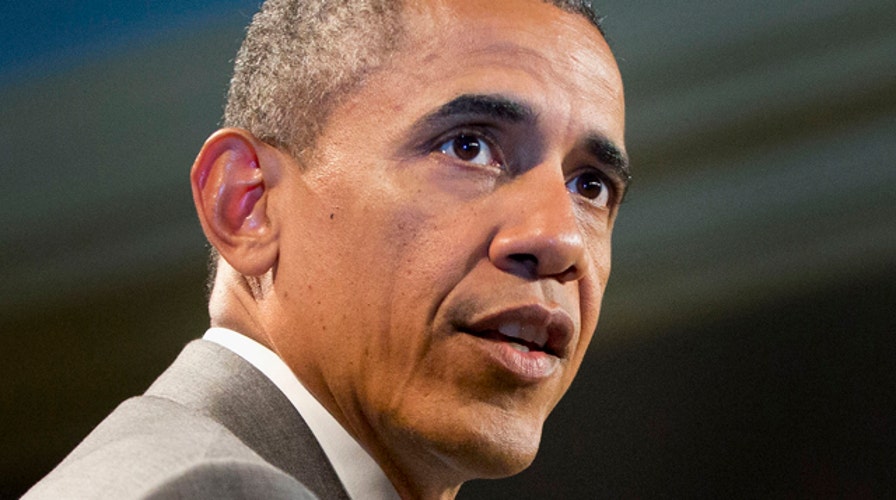The economy took a bad hit during the first quarter this year. It shrunk at an annual rate of 2.96 percent. Since the beginning of 1947, there are only 16 of the 268 quarters experienced worse growth.
The Obama administration blames the slow growth on the “historically severe winter weather, which temporarily lowered growth.” Jason Furman, the chair of Obama’s Council of Economic Advisors, made this assertion again on July 3 and President Obama has made this claim several times.
But that doesn’t square with the historic data. The five worst winter storms or winters with the coldest temperatures do not match economic downturns.
[pullquote]
In a list of the worst United States winter storms since 1888, Epic Disasters, using National Weather Service data, lists five of the ten worst occurring since 1947. Four of the five saw economic growth. Only during the fifth worst storm did the economy shrink. The average annualized GDP growth during the quarters when those storms struck was 1.8 percent.
The Obama administration suggests measuring the severity of weather in terms of the U.S. temperature for the first quarter of the year. But, again the data doesn’t support their claim. There is absolutely no relationship between how cold it was and GDP growth. In fact, if there is anything, unusually warmer winters are associated with slightly less economic growth.
The Obama administration graphs out the “Deviation from Normal Temperatures, 1954-2014,” correctly show that this past winter was unusually cold. But what is missing is any evidence that GDP growth indeed gets slower when it is cold.
Economic growth has been abysmal during the Obama recovery, growing just 1.8 percent. The average growth since 1965 has been over 3.1 percent. Normally, during a recovery, economic growth is so fast for a while that lost economic growth during a recession is made up for quickly. But the opposite is true during the Obama recovery, where we are falling further and further behind the average growth rate.
As proof that the economy is growing strongly, the administration points to five months in a row above 200,000 job growth. But what they fail to mention is that since the beginning of the year, full-time jobs have actually declined. The added number of jobs has entirely been in part-time jobs and over 80 percent of them have been in the relatively low paying service sector.
Over the weekend, Furman responded to critics:
“Skeptics point to the higher unemployment indicated by a broader gauge of unemployment and underemployment that includes people involuntarily working part time and those who have not looked for a job recently but who still want to work. But this criticism ignores that this measure is always higher than the official unemployment rate . . . .”
While he is indeed right that this broader measure of unemployment has slowly declined, Furman overlooks one thing: five years into the Obama recovery and this measure of unemployment is still higher than during any previous administration since January 1994, when the number first started being calculated.
But the ultimate test for whether the Obama administration is right will come on July 30th, when the initial estimates for the second quarter’s GDP will be released. If the drop were just a temporary blip due to cold weather, we would need GDP growing at an annual rate of 3.1 percent just to dig ourselves out from the first quarter drop. But even that would mean effectively no growth for the first half of the year.
However, I suspect that the media won’t have this type of perspective and will be euphoric with any growth rate of 3 percent or more.
For years, President Obama has blamed George Bush. But five years into the “recovery,” Obama has been forced to find another scapegoat: the weather.

